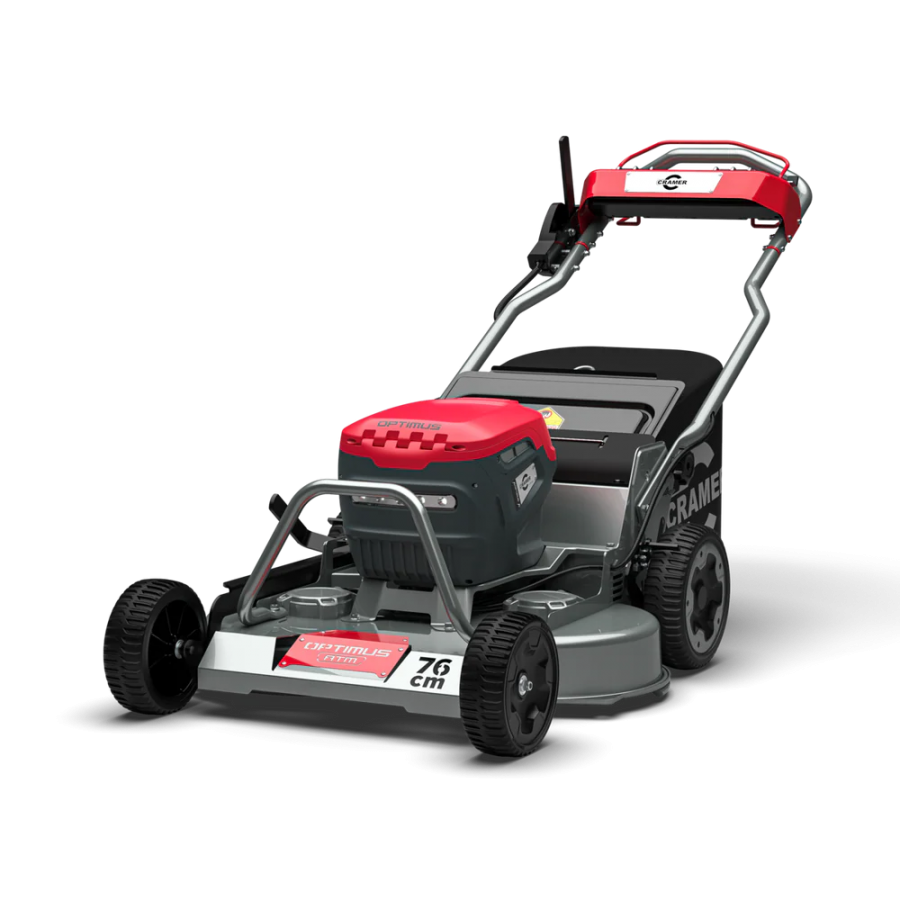Timber has traditionally been the material of choice for councils when
it comes to specifying for elements such as decked walkways, street
furniture, way signage, and handrails.
Whilst timber appears to offer
both style and substance, it can be costly and time consuming to keep it
safe and smart. This is why many councils are looking to a more
cost-effective, low maintenance alternative.
Phil Marris, Managing Director of Ecodek, explores why wood polymer composite (WPC) is becoming the go to choice for many councils seeking the perfect timber substitute.
“Wood requires regular maintenance to keep it safe. It needs sanding pre-treatment, staining and treating to protect it from the elements, and constant care to prevent splintering and splitting. Over time it can warp, fade, and become unsightly. Overall, timber can cost councils a significant amount of money and hours. However, there is another option available.

“Wood Polymer Composite (WPC) has emerged as the perfect alternative to traditional timber. Its versatility means that it can be used for many applications – really, anywhere wood is utilised, wood composite can be used in its place. Ecodek WPC has been used instead of wood on many council-led decking projects, as well as for bus shelters, planters, seating and waste bins to name just a few applications. The array of benefits WPC offers can help increase efficiency, reduce environmental impact, and provide significant cost savings.
“Firstly, WPC is one of the most sustainable materials available. For example, here at Ecodek, our profiles are manufactured using 95% recycled and sustainably-sourced materials, and the finished products can themselves be recycled at the end of their lives.
“Secondly, in terms of increasing efficiency and reducing costs, WPC does not require any treatments to protect it from the weather or paints to make it look attractive. It is slip, splinter, and split resistant making it extremely safe, and its strength and durability mean it can withstand heavy, consistent use without warping, sagging, or breaking.
“Finally, as well as substance, WPC also has style. It comes in a variety of designs and colours, enabling councils to create on brand, unique, and eye-catching components,” adds Phil.
One such council which has reaped the benefits of using wood composite is East Riding of Yorkshire. The council contacted Ecodek when they needed to replace existing decking along the seafront at Hornsea. Having previously used timber, which had significantly worn, they decided to specify composite boards to extend the life of the installation.
Being on the seafront, the decking needed to withstand tough conditions including moist sea air, salt, and sand – all of which can cause increased risk of material degradation. At the same time, the deck boards needed to be durable and hard wearing in order to cope with the demands of a busy public walkway.

Following technical guidance and advice from the Ecodek team, the Council specified Ecodek’s Signature HD boards in Pebble Grey with anti-slip inserts. These were installed on an Ecodek Supastiff composite subframe for optimum durability. The result is a picturesque yet highly practical walkway that is designed to last even in the harshest of conditions.
Phil concludes: “We appreciate that timber has been the material of choice for many years when it comes to manufacturing street furniture, walkways, signage, and other components used within public spaces. However, the many beneficial attributes WPC offers over and above wood can not be dismissed. It perfectly combines style, substance, and sustainability, offering councils a timber alternative that is truly designed to last.”
Further information about wood polymer composite and the many ways it can be utilised in public spaces, call Ecodek on 01978 667 840 or visit www.ecodek.co.uk.











